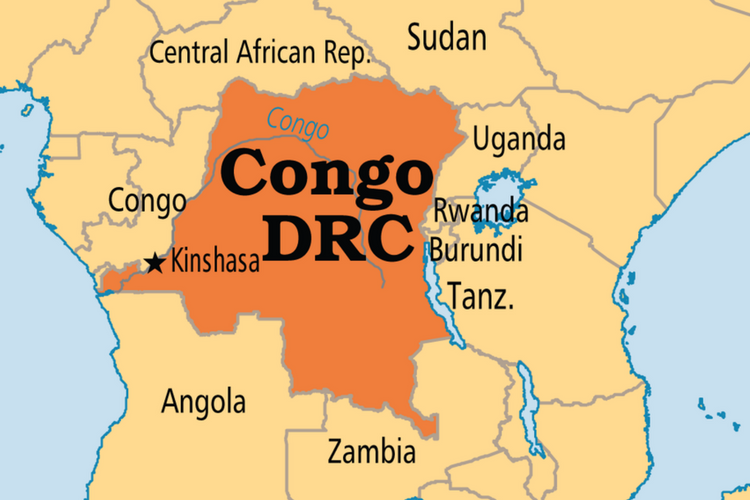Only about 10% of the population was attending mostly primary schools. Racial segregation was rampant in social and economic sectors. Belgians working in the Congo made 40 times more on average than the local Congolese. In 1959, only 3 Congolese held posts in the top three grades of civil service with the other 4,872 held by Belgians. There were no Congolese doctors, lawyers, military or secondary school teachers.
Education and Social Status
Education in the Congo was controlled by the Church. Most of the Congolese in this sector worked as primary school teachers. Of the 35,244 Congolese primary school teachers, only 10,000 had actually completed a full teacher training course, 13,000 had no training at all and the rest had only received some training. In 1948, the Belgian administration introduced a scheme for literate Africans who did not practice polygamy and sorcery. They could apply for social integration as Carte du Merite Civique. However, most Belgians were opposed to anything that would appear to offer equal status to Africans. So in 1952, the administration introduced immaculation, where the applicant would have to prove they were sufficiently educated and civilized. To qualify, the candidate would have to be interrogated about his relationship with his wife, friends and had to have his house inspected. Only 200 Congolese qualified for this status in a five year period. Most of the Congolese who achieved this status still found themselves treated as second class citizens socially and economically. This left many of them more discontent.
Independence
 Nine days before the Belgians were set to announce reforms, violence broke out in Leopoldville. The rioters looted and burned property and attacked Belgians. After the riot was out down, about 49 Congolese were dead and 241 had been wounded. The administration announced reforms in 1959 and more natives would be allowed in the advisory councils. By November of that year, about 120 parties had registered to participate in the election, including Lumumba’s Mouvement National Congolais which promoted nationalism. However, the December elections were boycotted in many parts of the country. The Belgian government convened a round table conference in January 1960 and invited 96 Congolese delegates from 13 political groups. On January 27, 1960 Belgium agreed to independence for the Congo and on June 30, 1960, the Congo became independent.
Nine days before the Belgians were set to announce reforms, violence broke out in Leopoldville. The rioters looted and burned property and attacked Belgians. After the riot was out down, about 49 Congolese were dead and 241 had been wounded. The administration announced reforms in 1959 and more natives would be allowed in the advisory councils. By November of that year, about 120 parties had registered to participate in the election, including Lumumba’s Mouvement National Congolais which promoted nationalism. However, the December elections were boycotted in many parts of the country. The Belgian government convened a round table conference in January 1960 and invited 96 Congolese delegates from 13 political groups. On January 27, 1960 Belgium agreed to independence for the Congo and on June 30, 1960, the Congo became independent.
Patrice Lumumba’s Mouvement National Congolais won the most number of seats: 33. The party formed a weak coalition with 12 other parties and at the age of 35, Patrice Lumumba became the Congo’s first Prime Minister.
Even during the Independence Day celebrations, King Baudouin of Belgium gave a speech praising Belgian colonizers especially Leopold II. In response Lumumba gave a nationalist speech that described the humiliations the Congolese suffered under Belgian rule. The Belgians were deeply insulted by the speech. Barely a week after Independence, great discontent began simmering in the army and the Africans demanded higher pay and Congolese leadership. On July 6, 1960, Lumumba dismissed the Belgian leadership in the army and Victor Lundula was appointed army commander while Joseph Mobutu was selected as Chief of Staff. Mobutu had also been Lumumba’s private secretary.




